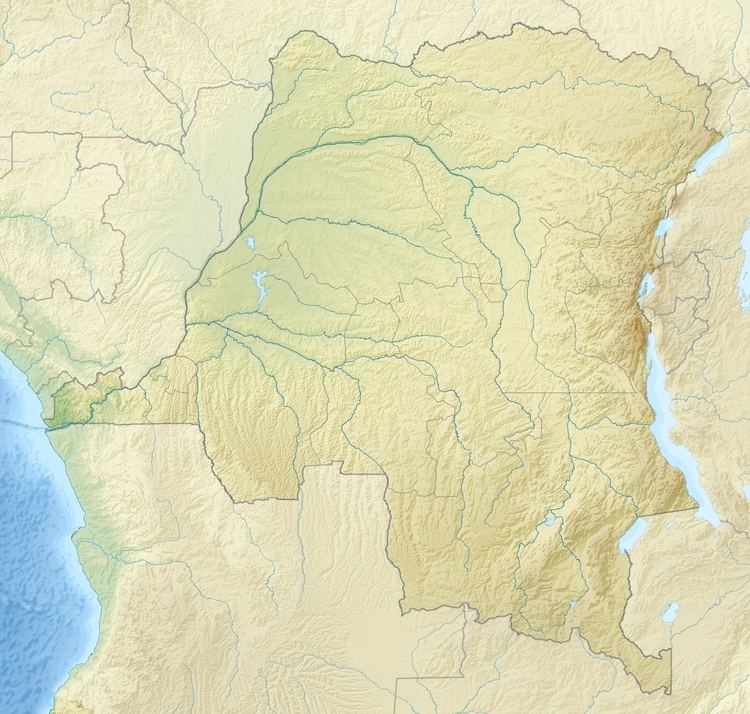Area 11,730 km² | Established 1939 | |
 | ||
Governing body l'Institut Congolais pour la Conservation de la Nature (ICCN) Address Democratic Republic of the Congo | ||
Old ranger tells the story of upemba national park the forgotten parks
Upemba National Park is a large national park in Katanga Province of the southeastern Democratic Republic of Congo, formerly Zaire.
Contents
- Old ranger tells the story of upemba national park the forgotten parks
- Upemba national park
- Geography
- History
- Habitat
- Fauna
- References
Upemba national park
Geography
At the time of the creation of Upemba National Park, on 15 May 1939, the park had a surface area of 17,730 square kilometres (6,850 sq mi). It was the largest park in Africa. In July 1975, the limits were revised and today the integral park has an area of 10,000 square kilometres (3,900 sq mi) with an annex of a further 3,000 square kilometres (1,200 sq mi).
Its lower section is located in the Upemba Depression, a lush area of lakes and marshes including the eponymous Lake Upemba, and bordered by the Lualaba River. Its higher section is in the dryer Kibara Plateau mountains.
History
Upemba National Park was first established in 1939. As with much of the wildlife of the region, in contemporary times the park continues to be threatened by the activities of poachers, pollution, and the activities of refugees and militia.
There are also a handful of villages in the park. In recent years, the park has come under considerable attack from poachers and local militias. On 28 May 2004, for instance, the park headquarters in Lusinga came under attack by the Mai Mai militia. Several wardens and their families were killed, the headquarters were burned down, and the family of the chief warden was taken hostage.
On 1 June 2005, the protectors of the park received the Abraham Conservation Award for their role in protecting the rich biodiversity of the Congo River basin.
Habitat
The habitat of the park varies from grassland at higher altitudes, through forests, woodlands, to rainforest, and lakes and streams with riparian zones, marshes, and wetlands at lowest altitudes. It is home to some 1,800 different species, some of them discovered as late as 2003.
Lake Upemba has a maximum depth reported to be only 3.2 metres (10 ft) and it is a site of intense algae growth. The watercourses of the region fluctuate according to the season and the water level in the lakes is high from March to June, and low from October to January. Many of the bodies of the water in the area are characterized by extensive swamps, with papyrus, Nile lettuce and water caltrop among other species.
Fauna
The system of lakes, rivers, swamps and wetlands supports a variety of fish fauna. This includes over 30 species of Cyprinidae, Mormyridae (also known as freshwater elephant fish), Barbus, Alestidae, Mochokidae and Cichlidae.
Bird species include several threatened or endangered species, such as the shoebill, wattled crane and spotted ground-thrush.
Schmidt's snouted frog is only known from the park.
